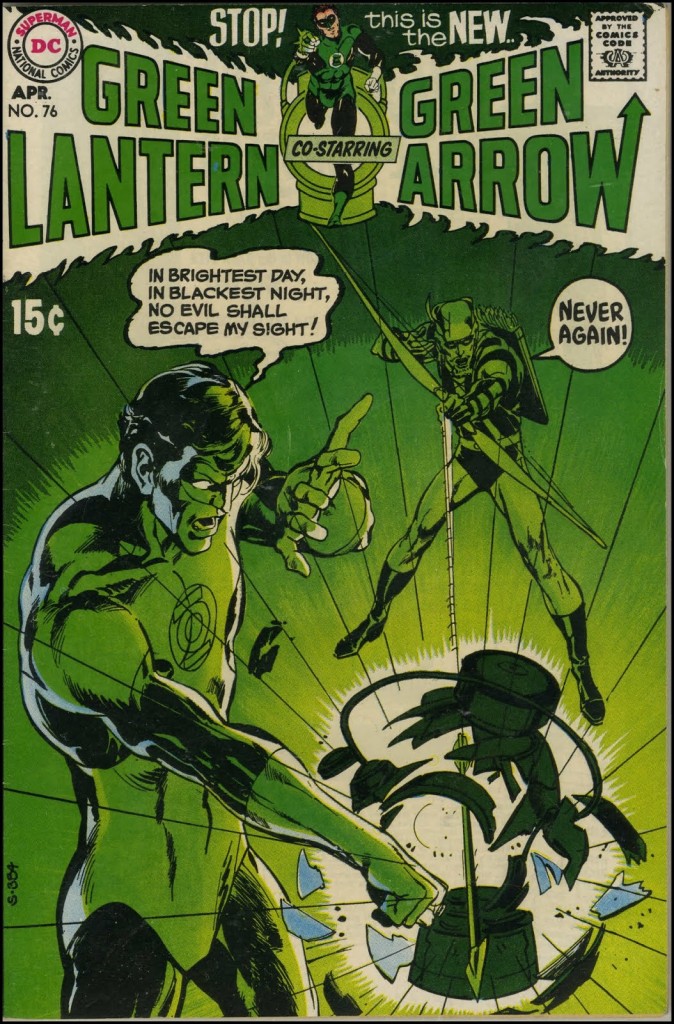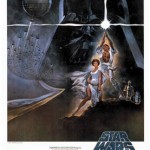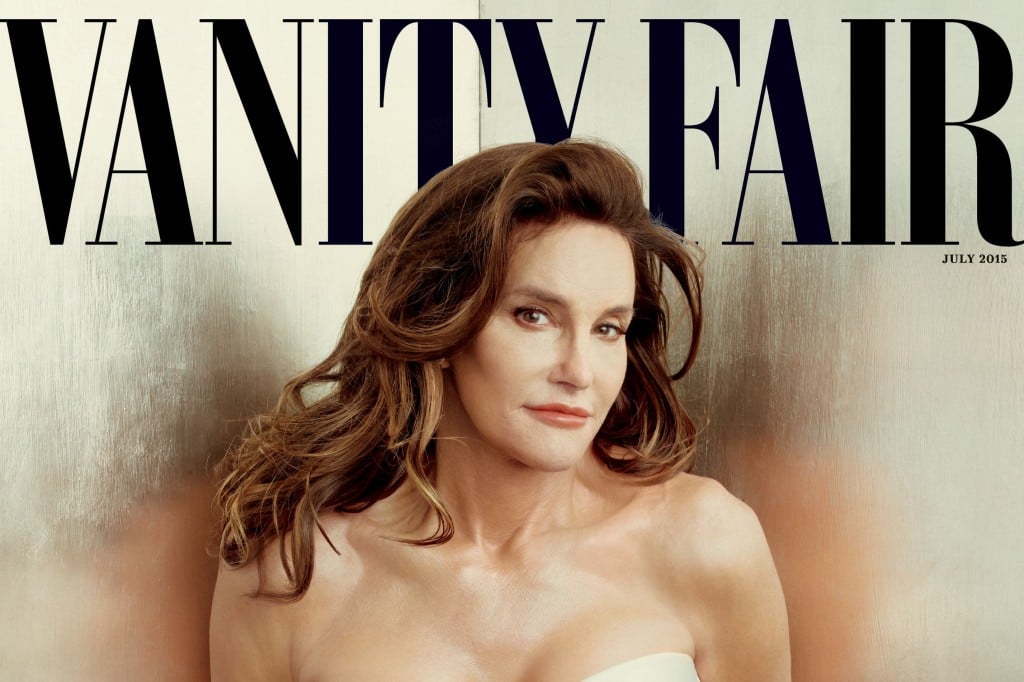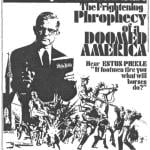(Salt Lake City Comic Con has been a mind blowing experience. I have so much to write about and I’ll try to get to all of it in the next week. I’d planned to give a run down of the past two days in tonight’s post. My plans got changed in a hurry.
Why? Well, on Thursday, I walked the floor of the vendor hall before the crowds started to pour into the arena. As I toured the aisles, I stopped short when I saw a huge table with one of my all time heroes, comic legend Neal Adams, signing prints of his work.
For those of you who don’t know comics, Neal Adams is an absolute legend. He was inducted into the Eisner Comic Hall of Fame in 1998 and into the Harvey Awards Jack Kirby Hall of Fame in 1999.
Adams is so brilliant that he’s worked for DC and Marvel Comics. He took Batman, who’d become a campy joke at the end of 1960’s, and gave us back the brooding Dark Knight long before Frank Miller stepped on to the scene.
You can read more about his mind blowing work here. However, my favorite work of Adam’s comes when he collaborated with Dennis O’Neil on the Green Lantern/Green Arrow series in the early 1970’s. This run introduced a ground breaking storyline as the two super heroes toured America to investigate social problems such as racism, the domination of big companies, and the tyranny of slum lords. In a gut wrenching story about drug addiction, Speedy, Green Arrow’s sidekick, developed a horrific heroin habit.
The Green Lantern/Arrow series showed that comics could be a powerful, hard hitting art form.
So, I grabbed my favorite cover from that run (see above), got Neil to autograph it for me and he graciously agreed to an interview. He had some thought provoking things to say about the power of art)
When you drew the Lantern/Arrow “social justice series”, what was on your mind?
Our (Denny O’Neil) chief concern was to explore what America was all about during that time. Things had gone insane. Our President (Nixon) was a crazy manic, the Chicago Seven was on trial, and everything about our system seemed unjust. We felt we could use a comic book story to explore all these terrible social problems facing America.
Denny wanted to bring out the larger picture questions while I wanted to explore how these social problems affected every day people. I was concerned about the issue of drug addiction. At the time, I lived in New York and became president of the neighborhood drug council addiction center in the Bronx. I learned a lot about drug addiction, the myths being spread around and what people could do about the problem. This experience led to the whole “Speedy” addiction story and how Green Arrow’s neglect led the kid to heroin.
On top of that, Martin Luther King had just been assassinated and people gave up hope on the issue of racial relations. Some people said we shouldn’t explore these issues in a comic book. Our editor didn’t want to support us and chickened out. Finally, I decided I would become a raving asshole and bring the artwork to bear on the issues. I figured, hey, if they fire me, I could work in advertising or something. They didn’t fire me and the Arrow/Lantern run opened a lot of doors.
What modern social justice issues would you like to see comics tackle?
If you’ve read the Batman/Zombie story, I have been disappointed that no one asked me about it. Everything in this story is true. There is a woman who lost her home. She had the money to pay for it, but everyone wanted her out. However, she fought the banks, the sheriff and everyone else to keep her home. Homelessness is a huge problem in this country and could happen to anyone. This is what I wanted people to see.
Plus, there is the issue of the three time loser laws. I read in Newsweek about a guy who stole a pair of tube socks, a stupid thing to do, but he is now spending life in prision because it was his so-called third strike. Again, I wrote the Batman zombie story to explore that issue, and the grave injustices that come from the system.
I keep calling on artists and writers to use comic books to explore deeper issues. The push back I get is something like, “You can’t talk about issues like that, people won’t read it because it’s not entertaining”. My response is “uh, here is your lesson for the day. I wrote a zombie story that included so many social concerns. It was entertaining. People loved it. Yet, it hit hard with the social commentary.
Artists need to ask, “How do I look at real problems in the real world, not make judgments, but make it entertaining”. It’s a daunting task, but there is no excuse for not paying attention the world.”
Just as long as you don’t preach a sermon, right?
Well, funny thing about a sermon is that it can be preached from a variety of points of view. Most of us are in the middle when radical positions start to preach. We see it from both pints of view. In my mind, art (and comics) can present both views for consideration. There is a lot of grey in a number of different issues.
So, there is no truth?
Absoutely not. There are truths. Black and Whites do exist. Kids shouldn’t starve. People shouldn’t lose their homes. Yes, there are some gray areas, but less than people think. Art can help us sort all this out.
In my mind, art is the only way to explore these issues and bring about real change. You go around people’s preconceived ideas by making them look at different issues in a variety of ways. I’d like to see comic art keep pushing dialogue in a variety of ways. I want them to turn their trade into something worthwhile. We can entertain AND encourage people to think deeper.













